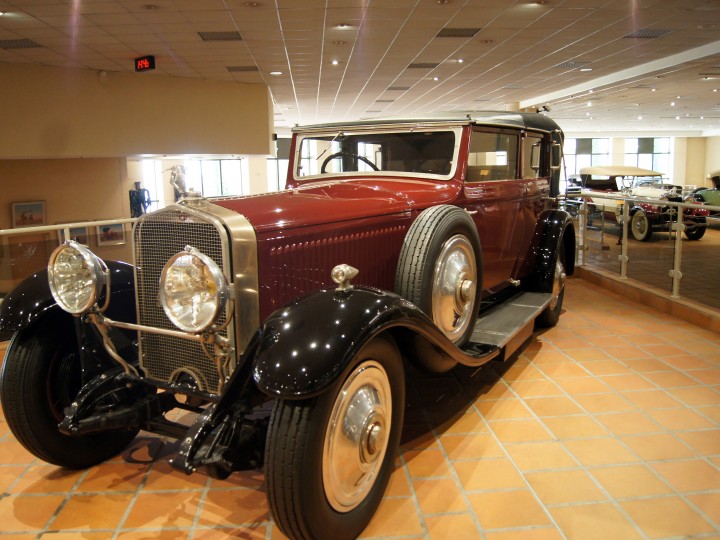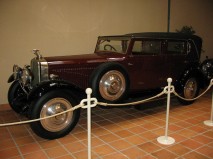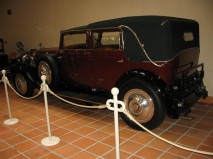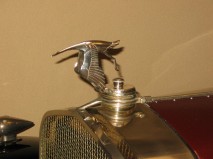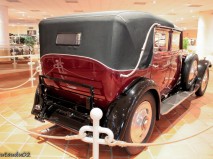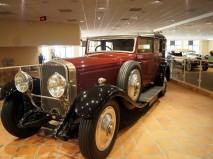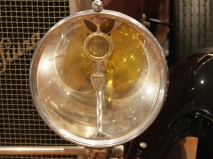1928 Hispano-Suiza H6B
Model - H6B 32 CV
Year of release - 1928
Body - cabrio, convertible
Number of doors - 4
Seats - 5
Engine layout - front
Driving wheels - Rear
Fuel - petrol
Number of cylinders - line 6
Cooling - Liquid
Working volume - 6597 cc
The diameter of the cylinder - 100.0 mm
The piston stroke length - 140.0 mm
Distribution of intake (SRM) - OHC
The power supply system - carburetor, 1 x Solex
Boost - no
Power [kW / PS] - 99.0 / 135.0 at 2500 rev / min
Transmission - M3
Base - 3690 mm
Front track - 1450 mm
Rear track - 1450 mm
Maximum speed - 135 km / h
The Hispano-Suiza H6 was a luxury automobile from the 1920s. Introduced at the 1919 Paris Motor Show, the H6 was produced until 1933. Roughly 2,350 H6, H6B, and H6C cars were produced in total.
The H6 engine featured a straight-six engine inspired by designer Marc Birkigt's work on aircraft engines. It was an all-aluminium engine displacing 6,597 cubic centimetres (403 cu in). Apart from the new overhead camshaft, it was essentially half of Birkigt's aviation V12 design. The seven-bearing crankshaft was milled from a 600 lb (272 kg) steel billet to become a sturdy 35 lb (16 kg) unit, while the block used screwed-in steel liners, and the water passages were enamelled to prevent corrosion.
One of the most notable features of the H6 was its brakes. They were light-alloy drums on all four wheels with power-assist the first in the industry,citation needed driven with a special shaft from the transmission. When the car was decelerating, its own momentum drove the brake servo to provide additional power. This technology was later licensed to other manufacturers, including arch-rival Rolls-Royce.
The 1922 H6B was slightly more powerful. An 8.0 litres (488 cu in) (110 by 140 mm (4.3 by 5.5 in)) engine was used in 1924's H6C.
The H6 series was replaced in 1933 by the J12, which initially used a 9.5 L (580 cu in) V12 pushrod engine.


